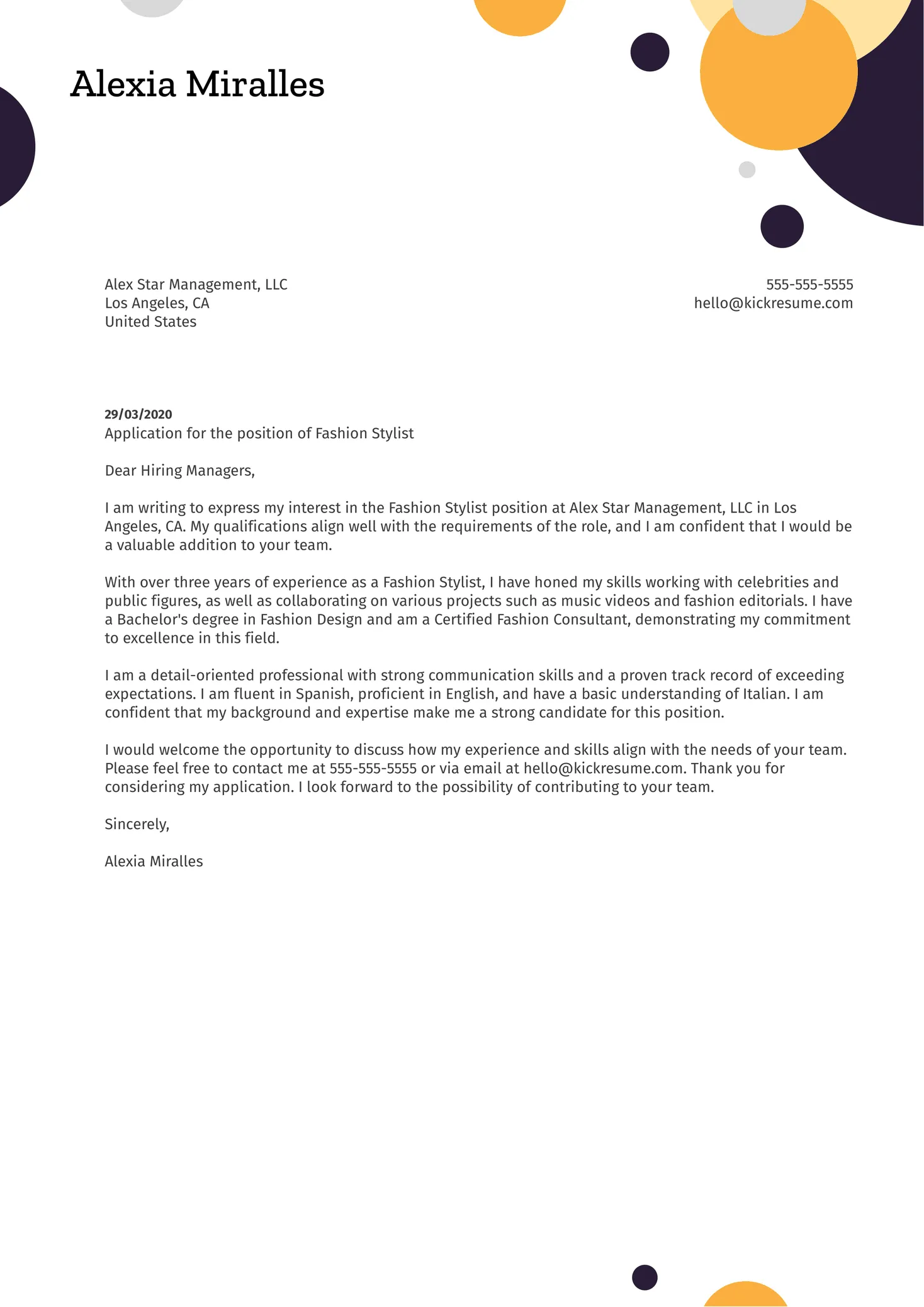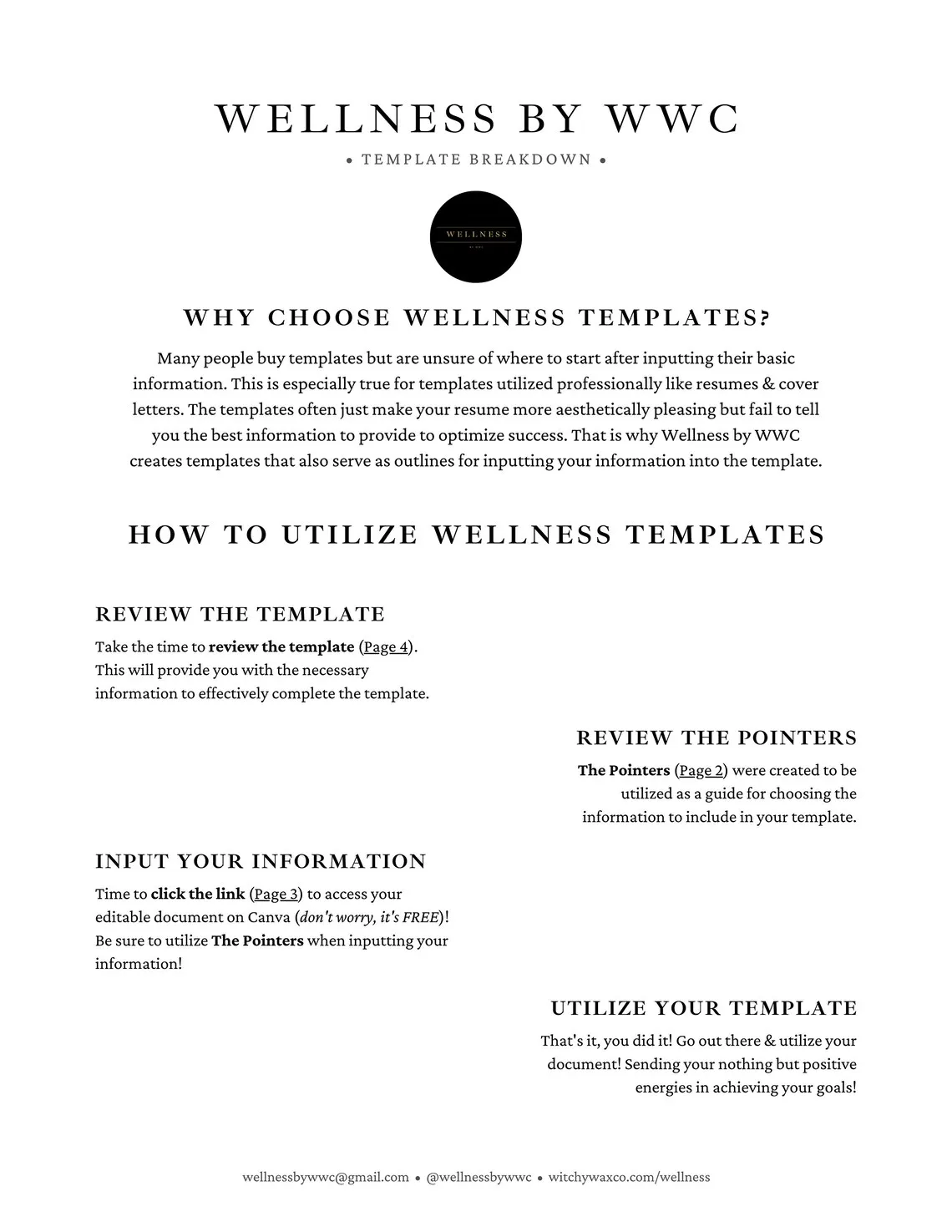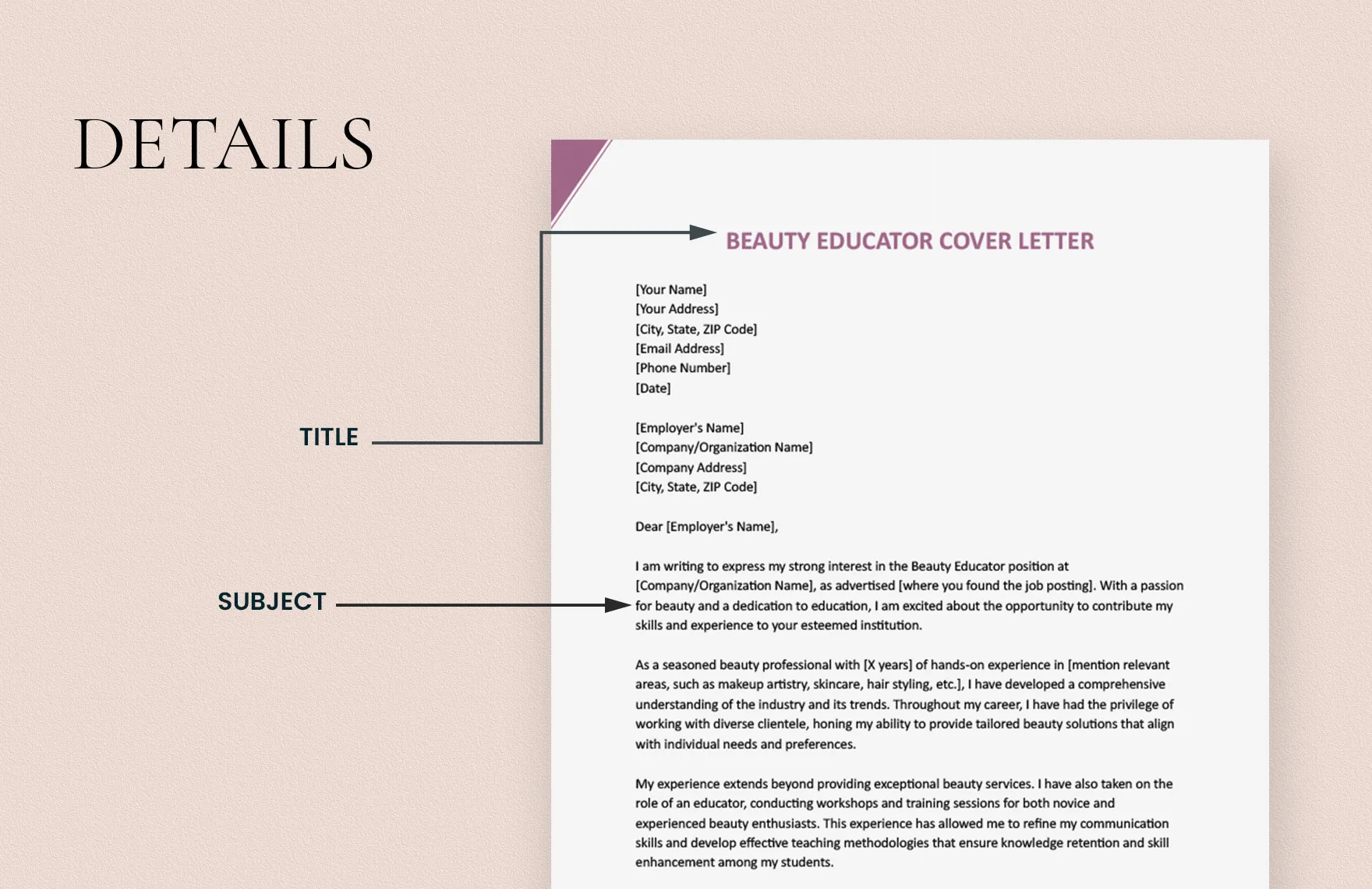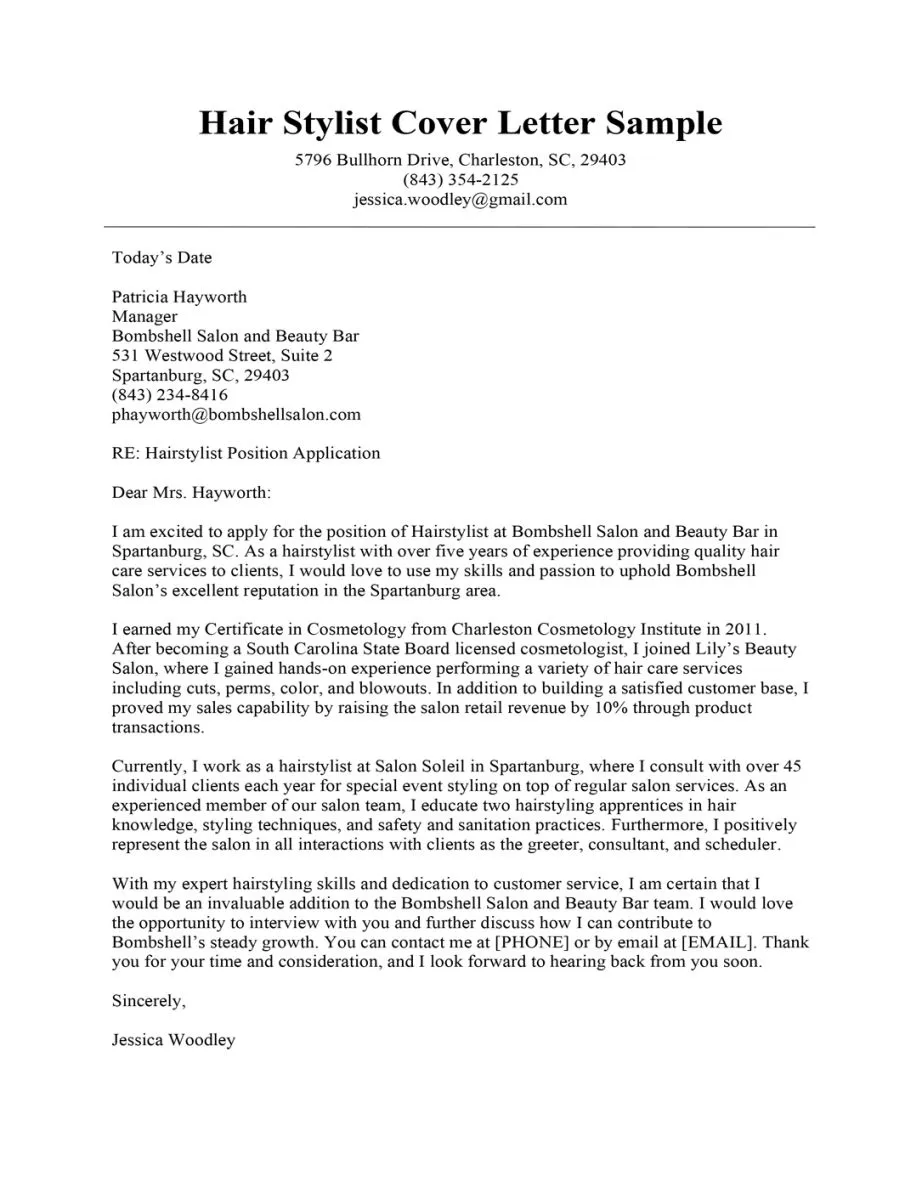Understand Cover Letter Style
A cover letter is your first impression on a potential employer, a chance to showcase your personality, skills, and enthusiasm for a specific role. Mastering cover letter style involves more than just listing your qualifications; it’s about crafting a narrative that captivates the reader and compels them to learn more. It requires a deep understanding of the role, the company, and your own unique strengths. Cover letter style is not a one-size-fits-all template; it’s a tailored piece of communication designed to resonate with the hiring manager. Therefore, a keen awareness of the nuances of language, tone, and format will set you apart from the competition. A well-styled cover letter reflects professionalism, attention to detail, and genuine interest, making it a crucial tool in your job search arsenal. Understanding the importance of this initial document ensures that you begin the application process with a strategic advantage.
Cover Letter Style Essentials
Several key elements contribute to effective cover letter style. Begin by researching the company and the specific role to tailor your letter accordingly. This demonstrates initiative and a genuine interest in the opportunity. Your letter should be personalized, addressing the hiring manager by name whenever possible. This personalized approach signals that you’ve taken the time to connect with the company. Clarity and conciseness are essential; avoid jargon and overly complex sentences. Instead, use clear, straightforward language that highlights your key skills and accomplishments. Focus on demonstrating how your skills and experience align with the job requirements and how you can contribute to the company’s success. Finally, pay close attention to the overall tone and style to ensure it reflects professionalism and enthusiasm. A well-executed cover letter showcases your communication skills and boosts your chances of landing an interview.
Format and Layout

The format and layout of your cover letter significantly impact its readability and professionalism. Start with a professional header that includes your contact information (name, phone number, email, and LinkedIn profile URL). Directly below this, include the date and the hiring manager’s contact information. Maintain a clean and organized layout with ample white space to avoid overwhelming the reader. Use a standard, easy-to-read font like Arial, Times New Roman, or Calibri, with a font size between 10 and 12 points. Divide your letter into clear paragraphs, each addressing a specific point or idea. A well-structured cover letter demonstrates your ability to communicate clearly and concisely, while also conveying an impression of professionalism and attention to detail. Ensure a consistent format throughout the document for a polished final product. A well-formatted letter is easy on the eyes and showcases your respect for the reader’s time.
Choose the Right Tone
The tone of your cover letter should be professional, enthusiastic, and tailored to the company and the specific job. While it’s important to maintain a professional tone, avoid sounding overly formal or rigid. Instead, aim for a tone that is engaging and authentic, allowing your personality to shine through. Research the company culture to gauge the appropriate tone. If the company promotes a casual and friendly atmosphere, you can adopt a slightly more conversational tone. However, always ensure that your language and style remain appropriate for a professional setting. Be genuine and express your excitement about the opportunity and the company’s values. A well-chosen tone makes your cover letter more memorable and demonstrates your ability to connect with potential employers on a personal level. A matching tone can enhance the impact of your message and increase the likelihood of your application being noticed.
Highlight Your Achievements
Instead of simply listing your job responsibilities, use your cover letter to showcase your achievements and quantify your results. Whenever possible, use the STAR method (Situation, Task, Action, Result) to describe your accomplishments. Start by briefly outlining the situation, explain the task you were assigned, describe the actions you took, and, most importantly, highlight the positive results of your efforts. Focus on achievements that demonstrate your value and how you can contribute to the company’s goals. Use metrics and data to provide concrete evidence of your successes. Instead of saying “Improved customer satisfaction,” provide context like “Increased customer satisfaction scores by 15% through implementing a new feedback system.” Highlighting achievements proves that you are a results-oriented individual and gives recruiters a clear picture of your capabilities. A well-written accomplishment section provides concrete proof of your skills and abilities and sets you apart from candidates who only list their duties.
Proofread and Edit

Proofreading and editing your cover letter are critical steps in ensuring its quality and effectiveness. Errors in grammar, spelling, and punctuation can detract from your credibility and give the impression that you lack attention to detail. Carefully review your cover letter for any mistakes, paying close attention to the clarity of your writing and the accuracy of your information. Read your letter aloud to catch any awkward phrasing or grammatical errors. Consider having a friend, family member, or career counselor review your cover letter for a fresh perspective. They can often catch mistakes that you might have missed. Ensure that the formatting is consistent throughout the document, and that the font, spacing, and margins are professionally presented. A polished and error-free cover letter demonstrates your professionalism and commitment to excellence. Investing time in proofreading significantly improves your chances of making a positive first impression on a potential employer.
Tailor to the Job Description
Customizing your cover letter for each job application is essential. Generic cover letters are easily recognized and are often overlooked. Carefully review the job description and identify the key skills and qualifications the employer is seeking. Customize your cover letter to highlight how your experience and skills align with those requirements. Use keywords from the job description to show that you understand the needs of the role. Provide specific examples that demonstrate your ability to meet the job’s expectations. Don’t just repeat what the job description says; instead, use the description to guide your writing. Demonstrate that you understand the company’s values and goals and explain how you can contribute to their success. This personalization shows that you have put time and effort into the application and that you are genuinely interested in the opportunity. Tailoring your letter significantly increases your chances of making a strong impression.
Use Action Verbs
Action verbs are essential in making your cover letter engaging and dynamic. They bring your accomplishments to life and demonstrate your ability to take initiative and achieve results. Start each sentence with a strong action verb to capture the reader’s attention and highlight your impact. Instead of using passive language, such as “Responsibilities included,” opt for active verbs like “Managed,” “Led,” “Developed,” or “Implemented.” These action verbs convey a sense of competence and energy. For example, instead of writing “Was responsible for customer service,” you could write “Provided exceptional customer service, resolving inquiries and complaints efficiently.” Refer to a list of action verbs specific to your industry and use them strategically throughout your cover letter. By choosing the right action verbs, you can make your achievements more compelling and show that you are a proactive and results-oriented individual. This helps to convey your capabilities and shows employers the value you bring to the table.
Keep It Concise

Keeping your cover letter concise is crucial for maintaining the reader’s interest and making a strong impact. Recruiters and hiring managers often have limited time to review applications, so it’s important to get your message across quickly and effectively. Aim to keep your cover letter to one page. Focus on the most relevant information and avoid unnecessary details or lengthy explanations. Each paragraph should be clear, focused, and to the point. Use concise language and avoid overly complex sentence structures. Get straight to the point, highlighting your qualifications and demonstrating how they align with the job requirements. Edit ruthlessly to remove any unnecessary words or phrases. By keeping your cover letter concise, you show respect for the reader’s time and make it easier for them to understand your key qualifications. A concise cover letter is more likely to be read and appreciated, increasing your chances of moving on to the next stage of the hiring process.
Follow Up
Following up on your cover letter can demonstrate your enthusiasm and initiative. A week or two after submitting your application, send a polite email to the hiring manager or recruiter to inquire about the status of your application. Express your continued interest in the position and reiterate your qualifications. Keep the email brief and professional, and avoid being overly persistent. Be respectful of the hiring manager’s time and don’t bombard them with multiple follow-up emails. If you don’t receive a response within a reasonable timeframe, you may consider sending a second follow-up email. Demonstrate your attention to detail by referencing something specific from the job description or your cover letter. Following up shows that you are proactive and genuinely interested in the opportunity. A well-timed follow-up can help you stand out from other applicants. This can also provide an opportunity to address any questions the hiring manager may have, increasing your chances of getting an interview.
